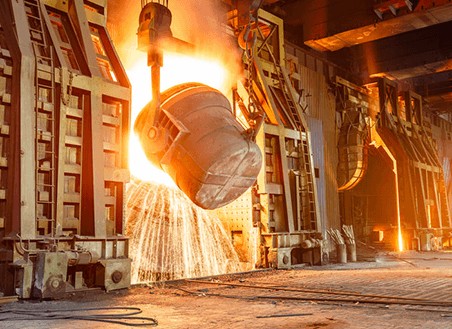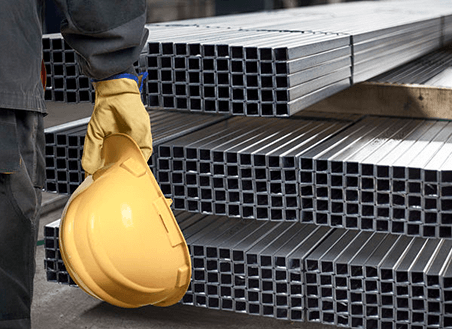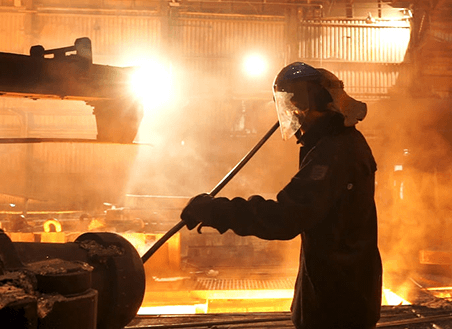
What Goes Into Structural Steel? 3 Main Varieties
At Eagle National Steel, you'll find a wide variety of structural steel. It's certainly important to know which shape you're looking for; after all, buying American Standard Beams aren't going to do much good if the job requires I-Beams or pipes! However, it's also a good idea to know which kind of steel you're going to be getting. The chemical composition of the steel and the treatments that it undergoes can change its hardness and ductility, making different kinds of steel the right choice for different applications. Below, we'll go into detail about the three main kinds of structural steel. If you have any questions, please reach out to us! Our experts will be glad to help you find exactly what you need for your next job.

3. Carbon Steel
Carbon steel is a common choice for structural and other uses. In fact, it's by far the most commonly produced kind of steel in the United States. In addition to being high in strength and ductility (its ability to bend into different shapes without breaking), carbon steel is relatively easy to make. It's an alloy, which is one metal that's mixed with other metals or non-metallic elements. As the name would indicate, carbon steel is mainly composed of iron and carbon, with a few other elements often alloyed with it in very small amounts. This kind of steel is made in a blast furnace; iron and carbon from coke (an industrial fuel made from coal or oil) mix together as the iron become molten. After going through a few other processes like deoxidation, the steel is cast into a mold. Afterwards, it can go through a number of processes like rolling, cold forming, and hot forming to create the exact type of steel you need for your project.
Because of how common it is, carbon steel can be used in a huge variety of applications. From large buildings to bolts and fasteners, you'll find carbon steel in a number of places. However, there are other types of steel that can be useful for more specific purposes.

2. High-Strength Low-Alloy Steel
High-strength low-alloy steel is often abbreviated as HSLA. It's made by adding small amounts of chemical elements like manganese, copper, nickel, zirconium, or more to steel. Originally developed for use in pipelines, you can see this steel in automobiles, cranes, and even roller coasters. This is because HSLA offers a good strength-to-weight ratio and can withstand lots of stress. Due to the particular elements alloyed in this kind of steel, it also tends to be more resistant to rust and corrosion than some other kinds. However, it is harder to make than standard carbon steel.

1. Tool Steel / Quenched and Tempered Alloy Steel
When it's quenched and tempered, steel alloy gains extra strength and hardness. First, alloy steel is quenched. This means that it's heated to the critical point and then immediately cooled. This process has to be tightly controlled to make sure that the edges of the steel don't become brittle. After it has been quenched for extra toughness, the alloy will then be tempered. The tempering process involves heating it once more, but below the critical point. After this, it's air-cooled. Quenched and tempered alloy steel has many applications, from excavator buckets and cutting edges to bridges and skyscrapers. It's also useful for making tools, hence the name "tool steel."




